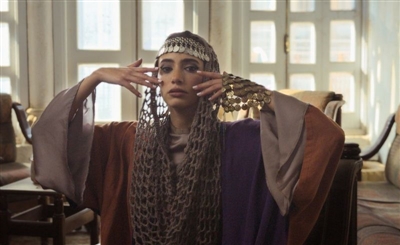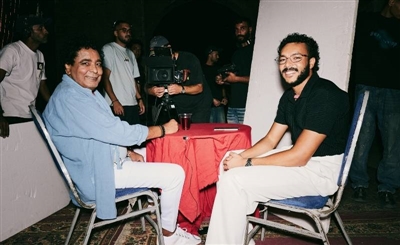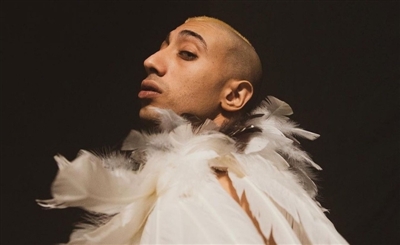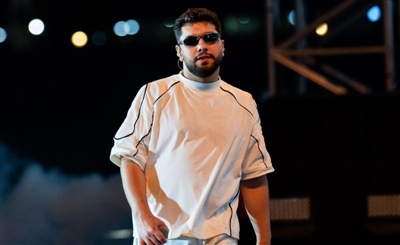New Compilation ‘This is Tehran?’ Showcases Brewing Iranian Sound
Bringing together the contemporary sound of Tehran’s talents, the new compilation album is a play between modernity and heritage.

This is Tehran? is an eclectic new mix of Persian musicians showcasing their contemporary sound. With the obvious challenges in releasing music as an artist based in Iran, the collection was released on 30M Records, a Hamburg-based label founded by Matthias Koch which seeks to serve as a platform for Iran’s emerging talent to an international audience.
A play between modernity and heritage, This is Tehran? highlights the city’s electronic music sound, with the album’s second track ‘Sorna Lorestan’ by famous Iranian sorna player, Ehsan Abdipour, ready as a hit for the region’s edgiest venues through its eccentric use of percussion and a catchy tempo that loosens listeners and invites a dance.
Meanwhile, Pedram Babaiee’s ‘Et Cetera’, the album’s fifth track, takes a turn to techno by sharply cutting electric synths with a tumble-down atmosphere that takes listeners down a rabbit-hole inspired by traditional Persian music. A blunt pause in the track is subsequently filled by elegant horn instruments, before taking listeners down again to a familiar base. Through the manifestation of sounds from the sorna, a Persian flute instrument, the track shows the adaptive capacity of traditional instruments.
The album’s achievements continue to shine in ‘Kolber’ by Siavash Moleian and Kasra Faridi, which slows things down through a trance-like loop on the piano driving the song’s movement, coupled with soothing chords from the sorna. As the song’s different sections effortlessly blend together through subtle cries of the violin and crisp sound mixing, listeners are sure to be unsure of the emotions being provoked.
Finally, in the album’s closing song, ‘Divar’ by Mina Momeni, a melancholic energy takes over, as the guitar’s pensive chords act as an ideal partner to Momeni’s powerful voice.
This is Tehran? sets out to showcase the Iranian capital’s inventive sounds. 30M’s second release showcases different artists and serves as a bump in exposure to the vast and often underappreciated contemporary music scene that is brewing in Tehran. Most impressive, perhaps, is the drive to portray a range of emotions through the use of a single instrument, showing traditional sounds’ timelessness and how they continue to be reinvented by contemporary artists.
- Previous Article test list 1 noise 2024-03-13
- Next Article Select 138: Mixed by Muhannad
Trending This Month
-
Nov 24, 2025






















